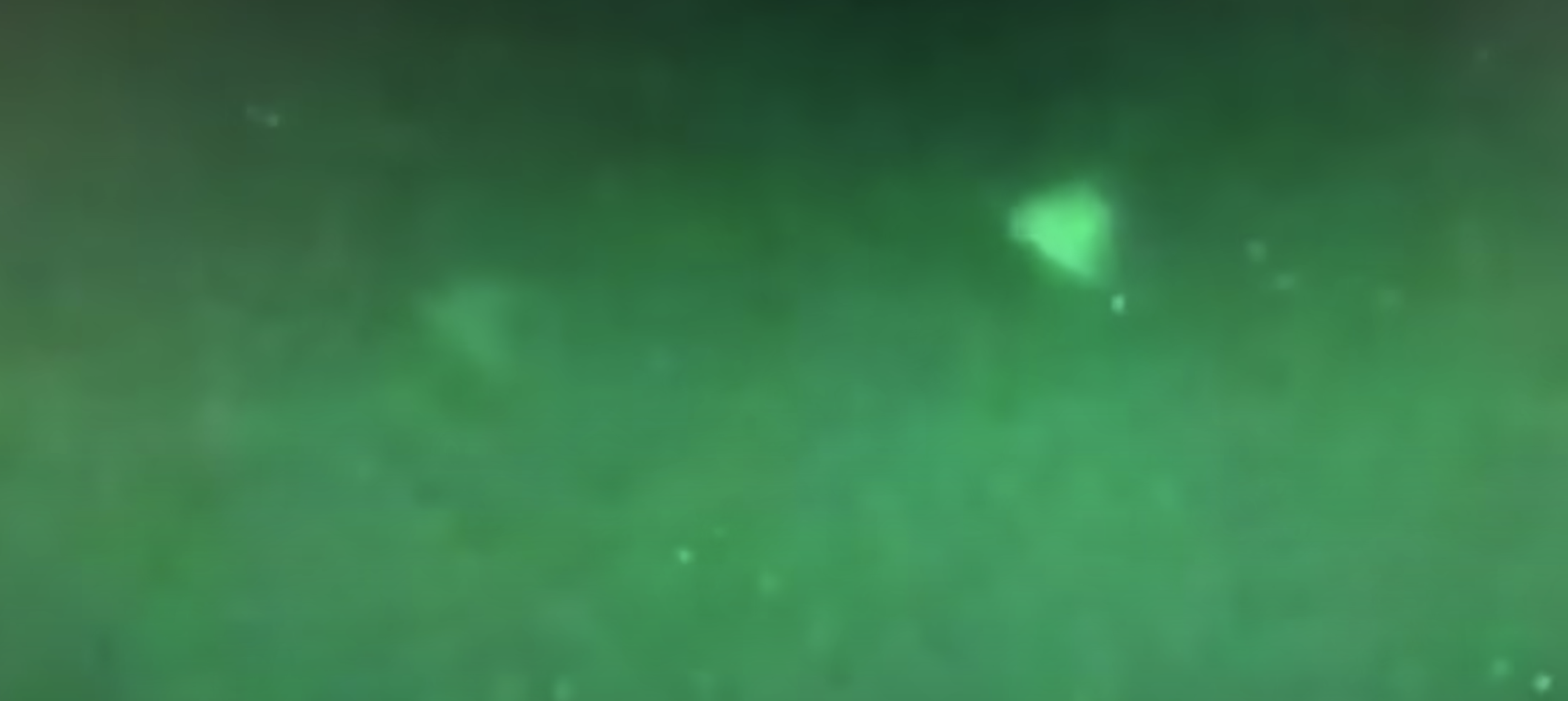
June 25, 2021, Mountain View, CA – The report from intelligence agencies to be delivered to the U.S. Congress on the subject of UAPs (Unidentified Aerial Phenomena) has generated speculation that we may soon see compelling proof of the existence of extraterrestrial beings.
The observations to be discussed in the report – photographic, witness testimony, and radar – are sometimes conflated with a research discipline known as SETI (the Search for Extraterrestrial Intelligence). The latter involves looking for non-natural radio or light signals coming from deep space, as well as observations that might uncover non-natural phenomena (so-called “technosignatures”) in the course of conventional astronomical research.
Since the UAP analysis and SETI research have a region of overlap – the possibility of alien beings – there is frequent confusion by the public and media regarding the degree to which they are similar. We hope to mitigate this lack of understanding by pointing out differences in the assumptions, data, and verification methodologies for both UAPs and SETI.
UAPs
UAP is a relatively new term to categorize what have been called UFOs (Unidentified Flying Object) since the 1950s. At that time, the latter term replaced “flying saucer.” At least some of the objects in this category are believed by the public to be alien spacecraft. The evidence consists of visual and photographic imaging, as well as occasional radar reflections. Numerous sightings have been noted since the 1940s, and the rate of reports to the (private) National UFO Reporting Center is currently in excess of 7,000 per year.
Note that, because such sightings cannot be predicted, or are seldom anticipated, they do not constitute a deliberate observing program.
Recently, interest in UAPs has increased following the release of videos made from a Navy ship and by infrared cameras mounted on F 18 fighter jets. Objects seen in these videos appear to move in ways that imply exceptionally large accelerations and speeds that are beyond the capabilities of known aircraft. However, little can be said about such motions without knowledge of either the distance or the intrinsic size of whatever has been seen or photographed. Nonetheless, there are many people who interpret these videos as direct visual evidence for alien spacecraft. Herewith the assumptions made in this interpretation of UFOs/UAPs:
Assumptions
- The aliens are here, in Earth’s airspace.
- They are airborne (although some sightings of landed craft have been reported).
- The putative intruders are most reliably seen by the U.S. Navy’s F 18 Hornet fighters. At least one pilot has said they can be observed every day. But as a general rule, sightings of UFOs/UAPs cannot be predicted.
- The federal government has, until recently, elected to keep this evidence, as well as its understanding of what it might show, secret from the public.
SETI
SETI has been an intermittent activity of a small group of researchers, mostly radio astronomers, since 1960. In the mid-1970s, it became a modest program within NASA, although that effort was cancelled by the U.S. Senate in 1993. Since that time, SETI has been a privately funded activity. However, the discovery of exoplanets that are found in nearly every star system of the Galaxy has prompted both Congress and NASA to reconsider the use of federal funds for SETI endeavors.
Unlike for UAPs, in which unplanned observational evidence is evaluated, SETI conducts deliberate experiments. In this it is similar to many other science investigations (e.g., the hunt for the Higgs boson). SETI also applies a series of tests to any received signal to verify that it is truly coming from deep space, and is not misidentified terrestrial interference or an equipment or software fault.
Assumptions
- The aliens reside in solar systems that are (typically) within a few hundred light-years of our own.
- Some extraterrestrials have the technical ability to construct powerful radio transmitters or lasers, or to build very large structures that would be visible with our astronomical telescopes.
- Earth is in the “beam” of such signal emitters during the time of a SETI observation. SETI experiments are largely incapable of finding brief, non-repeating signals.
- No detection claims would be made until a signal is confirmed by others.
- The experiment is completely “open” (there is no secrecy).
So, while the UAP investigation relies on the interpretation of chance observations, SETI relies on deliberate experiments. There is a vast divide in the assumptions made for the two activities, and they are fundamentally dissimilar.
Will the first compelling evidence of extraterrestrial intelligence be found in the atmosphere of our planet, or in the hundreds of thousands of star systems that pepper the nearest reaches of our galaxy?
We still don’t know. But if the pending government report indicates that there is a possibility that at least some UAPs might, indeed, be of extraterrestrial origin, then perhaps there will be an effort to pursue their study using the precepts of well-designed science experiments.
DOWNLOAD FULL PRESS RELEASE HERE.
About the SETI Institute
Founded in 1984, the SETI Institute is a non-profit, multidisciplinary research and education organization whose mission is to lead humanity’s quest to understand the origins and prevalence of life and intelligence in the Universe and share that knowledge with the world. Our research encompasses the physical and biological sciences and leverages expertise in data analytics, machine learning and advanced signal detection technologies. The SETI Institute is a distinguished research partner for industry, academia and government agencies, including NASA and NSF.
Contact:
Seth Shostak
650 960-4530
seth@seti.org





